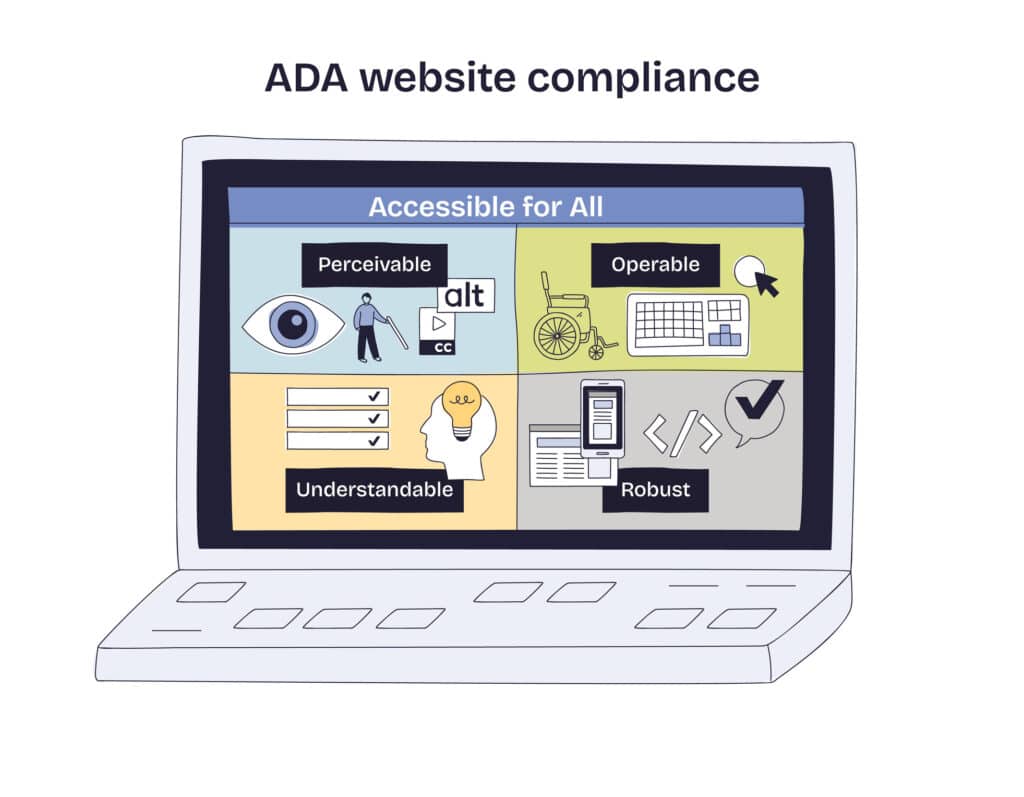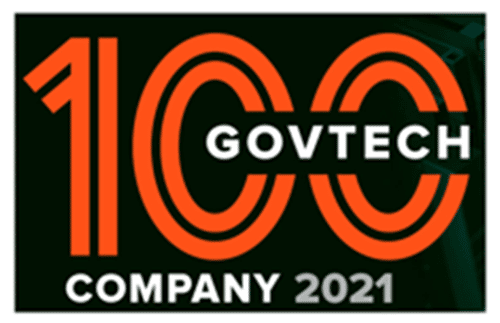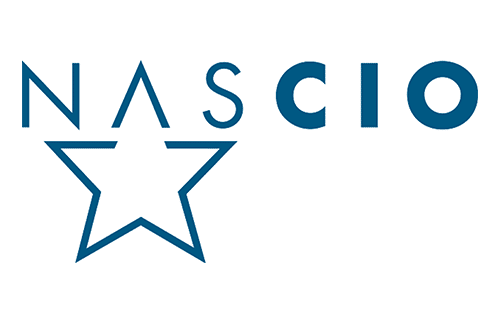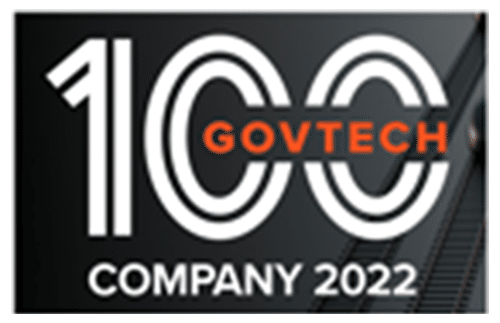We’re back with another installment of “Workflow Automation Q&A.” We’re excited to bring you behind the scenes again to hear from one of our team members as he or she answers some of our customers’ most frequently-asked questions. This time around, there’s nobody better to ask than our Chief Operating Officer, Scott Jenkins!
Question: What does an automated workflow look like?
Scott: I don’t know; if it’s good you can’t see it. I think the secret to a well-implemented automated workflow is that participants get the information needed for decision-making in a context that’s relevant to them, so the automation aspect may or may not be immediately apparent to all participants in the process. Our goal is to make people’s lives happier by releasing them from the pain of the mundane.
How do we do that? Provide the information needed in a format that’s clear, in a timely, mobile-friendly way that reduces the time to completion. Eliminate unnecessary steps. For many that could be an email notification with a single click approval/denial that can be done on the move, for others it may be a simple mobile-compatible form, automagical generation of a contract based upon logic and/or inputs or even just an actionable collaboration/chat log for contextual communication.
Of course, the level of automation is dependent on the use-case and environment – business processes are like fingerprints; we all have them but they’re unique to our organization. I would say that it’s important that workflow automation works for you, i.e. it can be easily changed when your process changes, and that you’re business efficiency is not compromised by functional or commercial limitations in your underlying applications.
The point is that an automated workflow takes out the pain of a business process – with automation, processes are just something that happen; everything works, and quickly. No clarifying emails or telephone calls (…and their inherent risk of interpretation and remembering to follow-up), manual information retrieval, cross checking, updating systems, generating documents, duplicating activities, task reassignments…the list goes on and that’s before you get to business improvement, reporting and auditability.
Here’s another one: What departments can use workflow automation?
Scott: (Laughs)…is that a trick question? All departments can use workflow automation to improve any business process. I don’t take a departmental view though. Unlike point-solutions (apps that work to solve a particular functional problem that is common across multiple companies), workflow automation tools leverage existing systems to simplify the whole business process, wherever it may lead, end-to-end. In most cases that means stepping outside of the confines of your functional application to join the dots across, and outside of, the enterprise.
Take a simple NDA use case. An NDA request can be triggered by anyone across the company – sales, finance, product development – it then needs to be reviewed by legal, sent outside of the organization to the other party and then filed back into the organization as a record and signed document in any number of departmental applications to ensure consistency and data cleanliness.
How many systems are you using in your job today compared with 10 years ago? I’d wager it’s a substantial increase. Whereas a few decades ago you probably only needed to interact with your ERP, now you are getting huge value from your ERP and a slew of point solutions providing specific functional capabilities. In most cases though, it still takes a human to act as the glue between those systems.
Workflow automation solves for the end-to-end business process and not just one component within a department, and if your systems do those components best then let them and use workflow automation to trigger and collect results moving the process to the next stage with a simpler UI for participants. Every department has its own bunch of systems but a business process usually transcends the scope of any single system.
I like to think of organizations as cities; the different neighborhoods are the departments, and buildings are the different applications being used. Most business processes need data and players from different neighborhoods and often from different cities too. You can walk the process yourself but progress will be very slow, whereas workflow automation is a door-to-door intelligent transport system operating at lightspeed.
As COO, Scott brings SimpliGov his experience in international finance and operations he’s acquired from over 20 years in technology. Originally from the UK, Scott gained a degree in Biotechnology before moving into finance.




